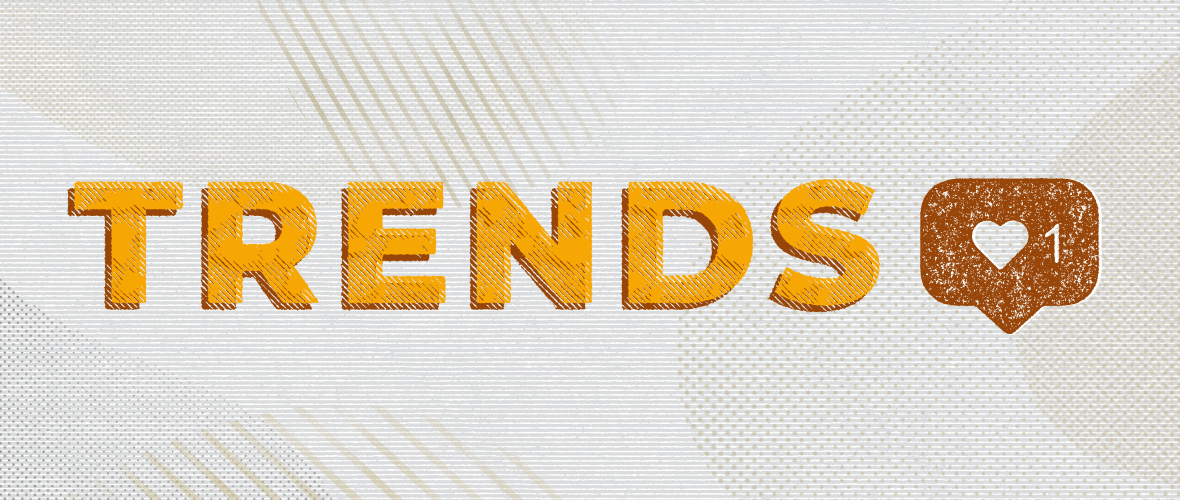Midway Through 2018: What Have We Learned?
Is it the middle of summer already? It feels like just yesterday when MGH’s Cheryl Peluso was breaking down the 2018 trends to keep an eye on this for year.
Now that we’re halfway through 2018, it’s time to take stock of what we’ve learned over the last six months in the marketing industry. We asked each MGH department to break down some of the highlights. What have they noticed over the last six months? Any surprises? Here’s what we found:
Account Management:
- For some clients, we’ve dedicated a percentage of the overall marketing budget for experimental innovation. Knowing how quickly platforms — especially within social media — evolve, and recognizing that new opportunities may arise at any time, we’ve been able to earmark dollars to immediately respond and keep clients ahead of trends.
- There used to be a "contingency budget" in every media plan years ago. However, many brands stopped this practice when budgets got tighter and tighter. Now, it seems like it may be coming back due to the ever-changing digital/social world and new opportunities always coming up in that area.
Creative:
- Designing eye-catching ads that can be translated to animation is essential to stay on top of the curve and to utilize the digital medium.
- Throwbacks have been increasingly popular over the last six months. Nostalgia is proven to make viewers feel a positive connection to a brand but it’s key to design ads that still feel modern and current.
- Creative Typography has been big so far this year. We’re seeing a lot of brands moving away from the straightforward type and towards more expressive and inviting script.

Interactive:
- Chatbots are here to stay. With continued investment from Facebook, the Chatbot business is growing. Brands are now using them as a revenue generating platform:
- You can order things like pizza, or even flowers from 1-800-Flowers, directly through Facebook Messenger.
- Sephora is integrating AR in its Chatbot with a "try it on" feature so that customers can see how they look in different makeup, and then buy it.
- Alexa Skills are heating up. Businesses are beginning to catch on to custom Skills for their brands. It will be interesting to see how business figure out new ways to monetize this platform.
Media:
- This year is the first in history that online media consumption overtook time spent with linear TV globally.
- Recently, more local TV stations have been purchased by big ownership groups (Sinclair, Gray, etc.), with the top three groups owning nearly 40 percent of all full-power local TV stations in the country.
- Ad count is up more than 50 percent from the 2014 midterm elections.
Public Relations:
- Paid media in crisis communications in the form of "apology ads," namely with Facebook, Uber and Wells Fargo, is on the rise. This reflects a larger trend toward greater integration of all communications and the removal of "PR as a silo" within an organization's communications hierarchy. Social media (ironically enough through Facebook) has served as another key platform for brands to post tightly-crafted messages about a mistake and how it won't happen again.
- While the most recent run of "apology ads" haven't been perfect due presumably to legal counsel advising practitioners to stop short of taking full accountability for mistakes, the investment of significant dollars in creative and media costs shows how much each of these companies values the role of public relations.
- As the year goes by and new brands are faced with massive PR challenges (such as Papa John's Pizza), it will be interesting to see if they too make the major investment in paid media to navigate a crisis.
Social Media:
- Facebook faced major backlash and government intervention following a data breach with Cambridge Analytica. As a result, the platform has limited advertisers’ abilities since April. Changes include the removal of third-party targeting options, more public visibility about all ads running on the platform and a need to certify that any customer data being used has been obtained with proper consent. Political ads are under even more scrutiny and advertisers must provide country-specific identification before being able to purchase the ads. This has also impacted publishers whose articles are being incorrectly flagged as political advertisements.
- Instagram has probably undergone the most user-facing updates this year, including the recent launch of IGTV and in-app video chat. Stories have received big updates continually with things like type-mode, the ability to repost standard posts as Stories and unrestricted aspect ratios.
Advertising is a fast-paced, changing world. Which of the above trends do you see heating up in the next few months and beyond? Let us know!





